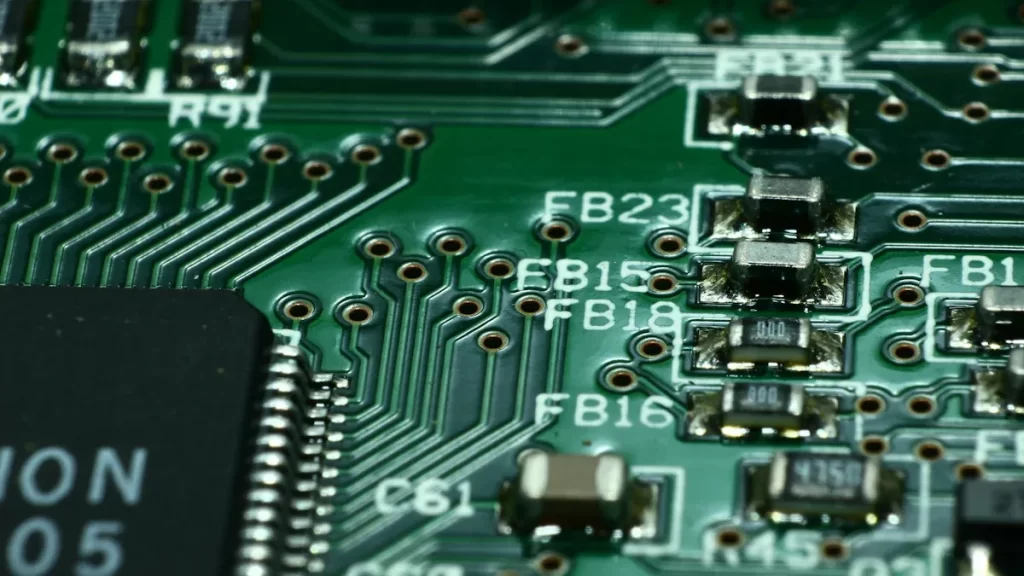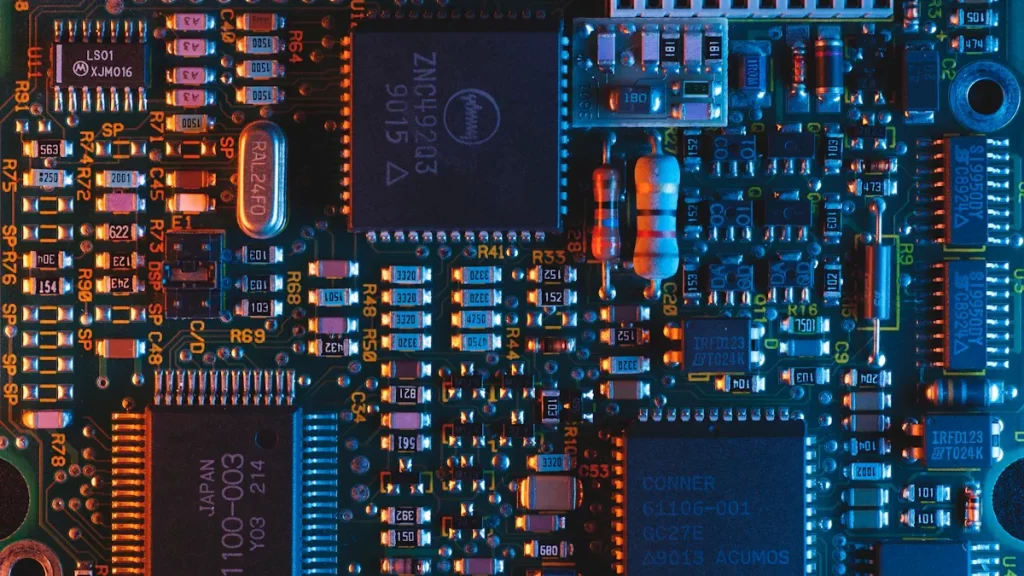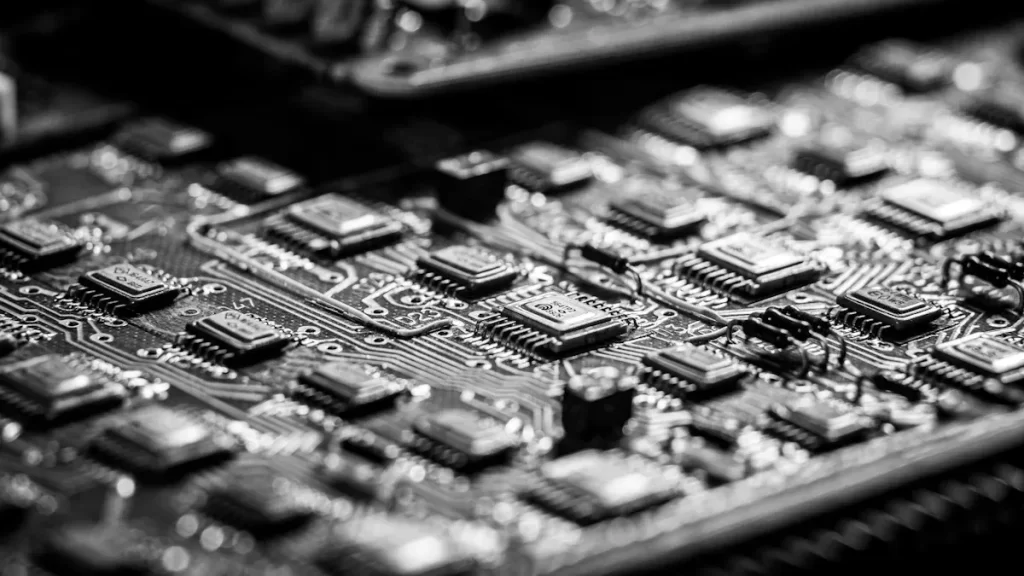
Choosing the right Custom PLC interface PCBA solutions is very important. It helps industrial machines and control systems work well. You can pick between custom PCBA solutions or ready-made ones. Ready-made products are usually available in 2–4 weeks. Custom designs take longer, about 3–6 months. But custom options are more flexible and can grow with your needs. They might also save money when making many units. For example, a European medical tech company saved 45% per unit with a custom design. Which choice fits your goals better?
Key Takeaways
Custom PLC interface PCBA solutions are flexible and can be designed for specific needs. They work best for big projects and large production.
Off-the-shelf solutions are faster to use and cost less at first. They are good for small projects or when time is short.
Picking between custom and off-the-shelf depends on your money, time, and what you need for performance and growth.
Hybrid solutions mix custom and off-the-shelf parts. They set up quickly and still fit special project needs.
Custom solutions often come with better long-term support. This helps reduce downtime and makes the system more reliable.
Understanding the Two Options
What Are Custom PLC Interface PCBA Solutions?
Custom PLC interface PCBA solutions are special designs made for specific needs. These involve creating unique circuit boards that connect PLCs to other parts in automation systems. Unlike ready-made products, custom solutions let you control how your system works and performs.
For example, custom designs can include advanced features that make systems easier to use. They also help reduce mistakes, improving performance and customer satisfaction. Custom hardware can be adjusted for specific environments, making it more useful than standard options. By working with companies that design and build these solutions, you can save money and finish projects faster.
Custom solutions can save a lot of money over time. For instance, spending $40,000 on a custom design saved one company over $125,000 each year compared to using ready-made PLCs. This makes custom PLC interface PCBA solutions great for large-scale production and unique industrial needs.
What Are Off-the-Shelf Solutions?
Off-the-shelf solutions, or COTS, are pre-made products ready for use. These are built to meet general industry needs and are common in automation. For example, off-the-shelf PLCs come with features already set up, making them easy to use.
COTS products are popular because they save time and cost less upfront. You can quickly add them to your system without much customization. They also come with vendor support for updates, repairs, and troubleshooting.
But COTS solutions have limits. They don’t offer much flexibility or control over design. For example, COTS modules might not fit your exact needs, which can hurt performance. Also, relying on COTS products can lock you into one vendor, making it hard to switch or upgrade.
Key Differences in COTS vs. Custom Solutions
When choosing between COTS and custom solutions, it’s important to know their differences. Here’s a table comparing the two:
Approach | Pros | Cons |
|---|---|---|
Custom | Best for large production and full control over design. | Requires managing the product’s entire lifecycle. |
COTS | Offers vendor support for updates and repairs. | Limited control over parts and future changes. |
Hybrid | Combines vendor help with some design control. | Vendor changes can cause unexpected problems. |
Custom solutions are very flexible and can grow with your needs. They let you create systems with advanced features and new technologies. On the other hand, COTS solutions are faster to set up and cost less at first. They work well for projects with tight deadlines or small budgets.
Cost is another big difference. COTS products cost less to develop but may cost more per unit. Custom solutions cost more upfront but can save money in large production runs. For example, custom hardware can lower per-unit costs by up to 10 times compared to standard PLCs.
In terms of reliability, COTS products are built for tough conditions and follow industry rules. Custom solutions need extra testing to ensure they are safe and durable. However, custom designs can improve safety by addressing specific risks, making them better for critical jobs.
In the end, the choice between COTS and custom solutions depends on your needs. Think about your budget, timeline, and how much you need to grow. This will help you pick the best option for your goals.
Key Considerations for Decision-Making
Cost Comparison Between Custom and Off-the-Shelf Solutions
When picking between custom and off-the-shelf solutions, cost matters a lot. Custom solutions cost more at first because of design and testing fees. These fees include creating, testing, and improving the product. But as you make more units, the cost per item drops. This makes custom solutions cheaper for big projects.
Off-the-shelf solutions, also called COTS, are cheaper for small projects. They are pre-made and ready to use, which lowers starting costs. For example:
Custom solutions cost more upfront but save money in large production.
COTS products are better for small projects due to lower starting costs.
Over time, custom solutions become cheaper as production grows.
If your project needs many units or has special needs, custom solutions can save money later. For smaller projects or quick prototypes, COTS parts are faster and cheaper.
Development Time and Time-to-Market
Time is another big factor when choosing between custom and COTS options. Custom solutions take longer to develop. Designing, testing, and improving custom products can take months. This might delay your project, especially if it’s complex.
COTS products are ready to use right away. You can set them up quickly, sometimes in just weeks. This helps meet tight deadlines. But they are less flexible. If your project needs special features, COTS might not work.
A mix of both options can help. Use COTS parts for quick setup and custom parts for special needs. This saves time while meeting unique project goals.
Performance and Custom User Interfaces
Custom solutions perform better in many ways. They let you improve speed, data handling, and special tasks for your project. You can also create custom user interfaces (HMI) to make systems easier to use.
Feature/Capability | Custom Solutions | Off-the-Shelf Options |
|---|---|---|
Processing Speed | High (customized design) | Moderate (fixed features) |
I/O Bandwidth | Adjustable (optimized) | Limited (pre-set) |
Flexibility | High (meets needs) | Low (standardized) |
Algorithm Execution | Parallel (advanced tech) | Sequential (basic tech) |
Custom user interfaces are a big plus. They let you design systems that reduce mistakes and boost efficiency. For example, custom solutions can include tools like remote monitoring or smart maintenance. These features are rare in COTS products.
COTS products work well for general tasks but lack flexibility. If your project needs high performance, custom designs are the better choice.
Scalability and Custom Automation
Scalability is important for growing businesses. As your company expands, systems must handle more work. Custom automation solutions are flexible and grow with your needs. They help when adding machines, expanding production, or using new technology.
Custom PLC interface PCBA solutions are great for scaling. They let you adjust hardware and software to fit your needs. For example, you can improve performance to handle more data or connect extra devices. This keeps your system efficient as your business grows. Custom hardware also makes adding new parts easier without big changes.
Off-the-shelf products have fixed limits. They work well for small projects but may struggle with bigger systems. Scaling up with COTS might mean replacing parts, which costs more and takes time. Adding features or increasing capacity can be harder with these products.
Custom automation offers advanced tools like special user interfaces. These interfaces, such as HMIs, make systems easier to manage. They show important data, automate tasks, and allow remote monitoring. These features help keep productivity high as your business grows.
A hybrid approach can balance cost and flexibility. Use standard parts for basic tasks and custom ones for special needs. This saves time while allowing room for growth.
Long-Term Support and Maintenance
Long-term support keeps automation systems working well. Custom solutions often offer better support than off-the-shelf products. With custom designs, you get detailed files and documents. These make upgrades and maintenance easier.
Custom hardware allows proactive care, like remote monitoring and predictive tools. These features spot problems early, reducing downtime and repair costs. Custom interfaces also help by showing clear alerts and diagnostics.
COTS products rely on vendor support, which can be risky. If a vendor stops making a product, you might face issues. Compatibility problems can lead to extra costs and delays. Depending on one vendor limits your ability to adapt to changes.
Plan for alternatives to ensure supply continuity. Design your PCBA to fit different parts if needed. Keep a long-term inventory of key components. These steps help avoid problems from supply chain disruptions.
Managing changes is also important for long-term success. Test updates carefully to keep your system stable. Work with your team to ensure changes don’t affect core functions. This keeps your system reliable over time.
Focus on flexibility to prepare for the future. Whether you choose custom solutions or a mix of both, plan for growth and adaptability. This ensures your system stays valuable for years.
Comparison Table

Comparing COTS and Custom Solutions
Choosing between COTS and custom solutions can be tricky. The table below shows the main differences to help you decide:
Feature | Custom Solutions | |
|---|---|---|
Cost | Costs less upfront. Great for small projects or testing. | Costs more at first but saves money for big projects. |
Development Time | Ready right away. Good for tight schedules. | Takes months to design, test, and build. |
Flexibility | Limited options. Features are fixed and standard. | Very flexible. Made to fit your project’s needs. |
Performance | Works for basic tasks. May not handle advanced needs. | Built for high performance like speed and data handling. |
Scalability | Limited growth. Expanding may mean replacing parts. | Easy to scale. Grows with your business needs. |
Support and Maintenance | Depends on vendor help. Problems if the product is discontinued. | Comes with detailed guides and tools for easy maintenance. |
Tip: If you need something fast and cheap, go with COTS. But for better performance and growth, custom solutions are worth it.
This table shows the pros and cons of COTS and custom solutions. COTS is quick and affordable for smaller jobs. Custom solutions are better for flexibility, growth, and performance. Think about your project’s needs to pick the best option.
Exploring Hybrid Approaches
What Are Hybrid Solutions?
Hybrid solutions mix custom designs with ready-made (COTS) parts. They use COTS components for simple tasks and custom parts for special needs. For example, a COTS PLC can handle basic controls, while custom hardware manages unique tasks or complex data.
This method is great for flexibility without starting from zero. Hybrid systems combine the quick setup of COTS with custom features for specific goals. By using both, you get a cost-friendly and adaptable system that fits your business.
Benefits and Drawbacks of Hybrid Approaches
Hybrid systems have many benefits. First, they save time by using pre-made COTS parts. This means you can finish projects faster than fully custom systems. Second, they are flexible. You can customize key parts while using reliable COTS for general tasks. Third, they often cost less than fully custom designs, especially for smaller projects.
But there are also challenges. Mixing custom and COTS parts can cause compatibility issues. For example, connecting a custom interface to a COTS PLC might need extra work. Also, using COTS parts ties you to the vendor. If the vendor stops making a product, it could cause delays or extra costs.
The merging of PLC and DCS technologies shows both the benefits and challenges of hybrid systems. These merged systems give plants more control options. But it’s harder to pick the right system as their features overlap. Knowing how these systems work together is key to building a good hybrid solution.
Hybrid systems balance cost, performance, and growth. They combine COTS reliability with custom flexibility to meet your project’s needs.
Real-World Example

Case Study: Custom PLC Interface PCBA for a Manufacturing Plant
Think of a factory with old automation systems. They needed better efficiency, lower costs, and to handle more production. The company chose a custom PLC interface PCBA solution made just for them.
The results were amazing. Using Maxim’s Micro-PLC Technology Demonstration Platform, the factory saved space with a 10x smaller PLC size. The system ran 50% cooler, cutting energy use and improving reliability. It also processed digital I/O 70x faster, boosting performance a lot.
They also saved money. Multichannel serializers reduced isolated channels to only three. This cut hardware needs, lowered costs, and made maintenance easier. The system became more efficient and could grow without needing big changes.
Lessons Learned: Balancing Cost, Time, and Performance
This example shows important lessons about custom vs. off-the-shelf solutions. Custom designs cost more upfront but save money later. For instance, the factory cut hardware costs and used less energy while working better.
Time is also key. Custom solutions take months to make, but the benefits are worth it. Faster processing and easier scaling keep your system ready for growth.
Performance matters too. Custom solutions let you improve every part of your system. Smaller sizes, cooler operation, and faster data handling can greatly boost productivity.
Tip: Think about your project’s needs. If saving money long-term and better performance matter most, custom solutions are a smart choice.
Picking between custom and off-the-shelf PLC interface PCBA solutions depends on what you need. Custom solutions are flexible, can grow with you, and save money over time. Off-the-shelf options are faster to use and cost less at first. Think about your budget, schedule, and future plans before deciding. If your project needs special features or high performance, custom designs are a good choice. For smaller tasks or quick deadlines, off-the-shelf products might be better. Match your choice to your project goals to ensure long-term success.
FAQ
What is the main advantage of custom PLC interface PCBA solutions?
Custom solutions let you control how they work and perform. You can add features to fit your project’s needs. They are great for big or special projects because they grow with you.
Are off-the-shelf solutions reliable for industrial automation?
Yes, off-the-shelf solutions work well for basic tasks. They are tested to meet industry rules and last a long time. But they might not work for special or advanced needs.
How do hybrid solutions save time and money?
Hybrid solutions mix ready-made parts with custom designs. Using pre-made parts speeds up the process. Customizing key features keeps costs low and adds flexibility.
Can custom solutions handle future upgrades?
Yes, custom solutions are built to grow with your needs. You can update them to use new tools or handle more work. This keeps your system running smoothly as your business grows.
When should you choose off-the-shelf solutions over custom ones?
Pick off-the-shelf solutions for small jobs, quick timelines, or tight budgets. They are easy to set up and cost less at first. But they may not work for big or complex projects.